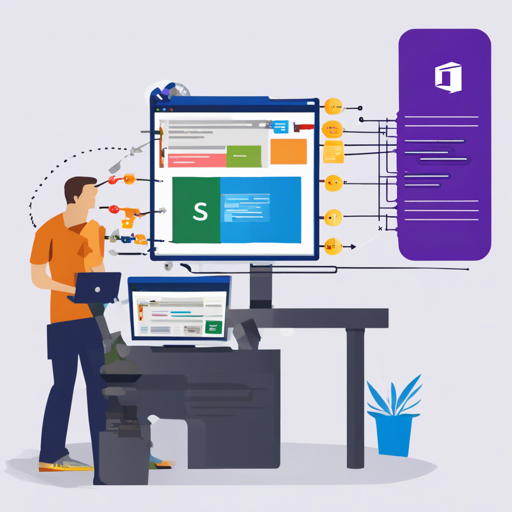If you’re delving into the world of .NET development, the Microsoft eShopOnWeb ASP.NET Core reference application serves as a brilliant starting point. It’s designed to demonstrate a traditional monolithic application architecture. Follow this guide to set it up, and enjoy the process of creating your application!
Overview of eShopOnWeb
The eShopOnWeb application is tailored for developers starting with ASP.NET Core. It showcases fundamental principles and patterns used in modern web applications. While it does not cover all features necessary for a full-fledged eCommerce application, it provides an excellent foundation for learning.
Getting Started
Before you begin, let’s ensure you have everything in place. If you are new to .NET development, take a moment to read the Getting Started for Beginners guide for a more comprehensive introduction.
Step 1: Preparation
- Check the FAQ section for any doubts.
- Make sure you have installed the Azure Developer CLI to provision and deploy your application.
Step 2: Running the Application
You can run the application using two main methods: via Azure or locally.
Running with Azure CLI
azd auth login
azd init -t dotnet-architecture/eShopOnWeb
azd upThis will provision the resources and deploy the application. Wait for the deployment to complete, and then you can access your application through the provided web endpoint.
Running Locally
For local runs, start with the following commands:
dotnet run --launch-profile WebRemember, the admin section requires running the Public API as well. You’ll be able to access your application at https://localhost:5001.
Setting Up SQL Server
To configure your sample using SQL Server, follow these steps:
- Ensure the connection strings in
appsettings.jsonpoint to your local SQL Server. - Run the Entity Framework Core commands to set up your databases.
dotnet ef database update -c catalogcontext -p ..\Infrastructure\Infrastructure.csproj -s Web.csprojRunning in a Docker Container
To simplify deployments, you can run your application using Docker. This approach encapsulates your application within a container which is portable and consistent across environments:
docker-compose build
docker-compose upOnce running, access your application at http://localhost:5106 for the Web project.
Troubleshooting
Facing issues while running the application? Here are some troubleshooting tips:
- If you’re having trouble logging in, ensure you’re using a new incognito window, as cached data may cause conflicts.
- Be sure that your database connection string is correct and reflects the local SQL Server settings.
- In the case of file locking errors, manually stopping the application before rebuilding is advisable.
- If problems persist, consider reviewing the Azure deployment logs for any overlooked steps.
Also, for more insights, updates, or to collaborate on AI development projects, stay connected with fxis.ai.
Conclusion
At fxis.ai, we believe that such advancements are crucial for the future of AI, as they enable more comprehensive and effective solutions. Our team is continually exploring new methodologies to push the envelope in artificial intelligence, ensuring that our clients benefit from the latest technological innovations.

